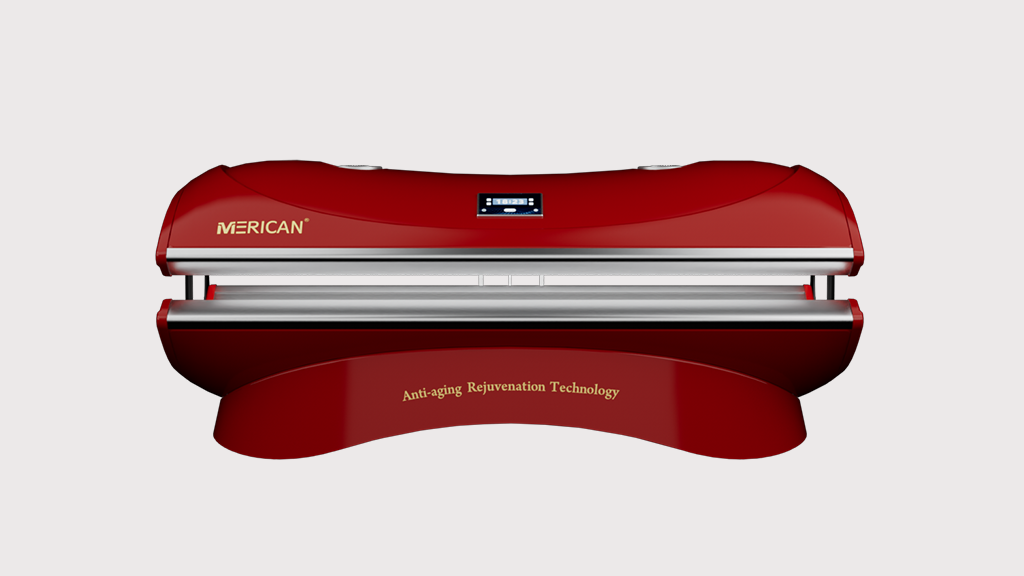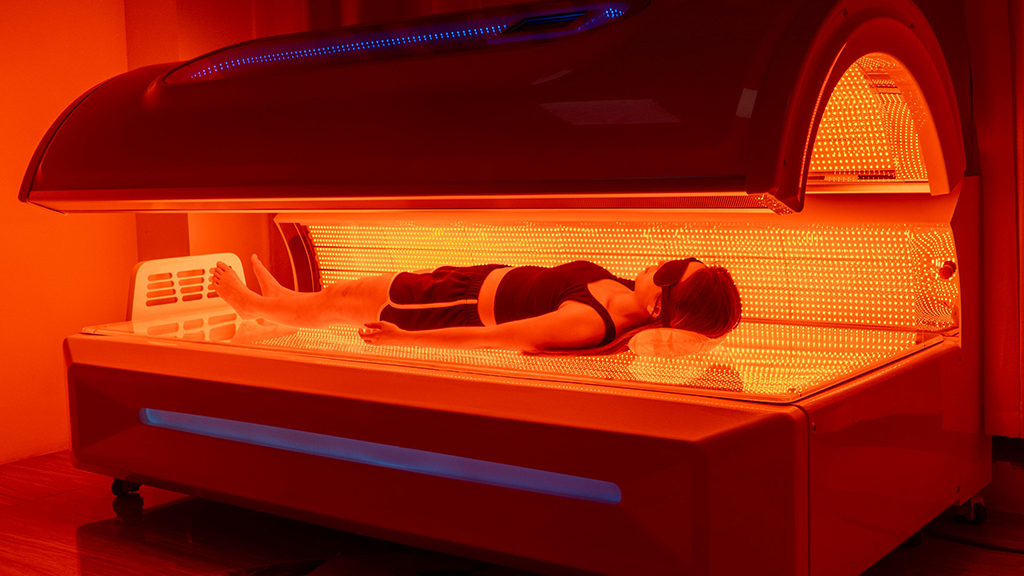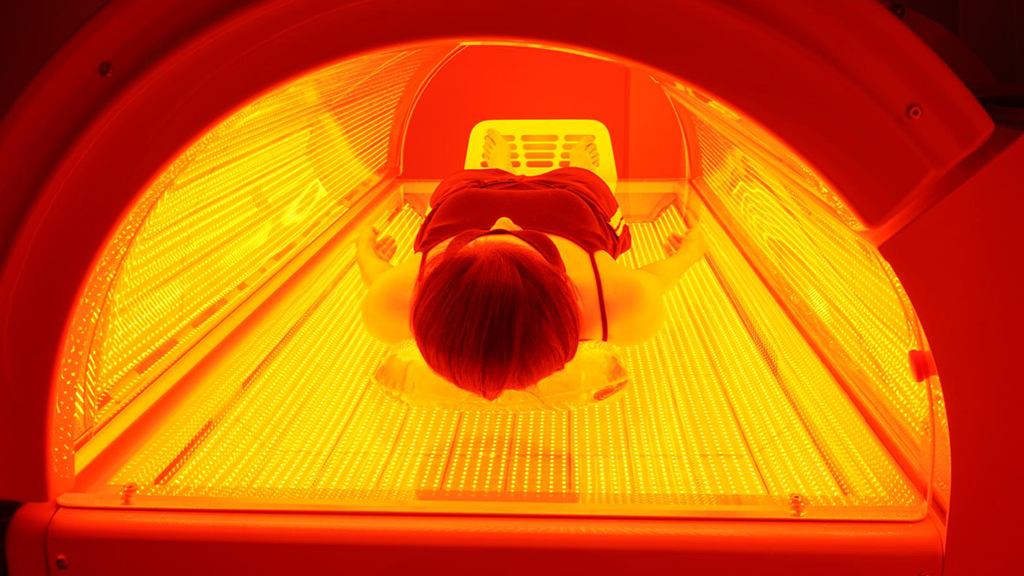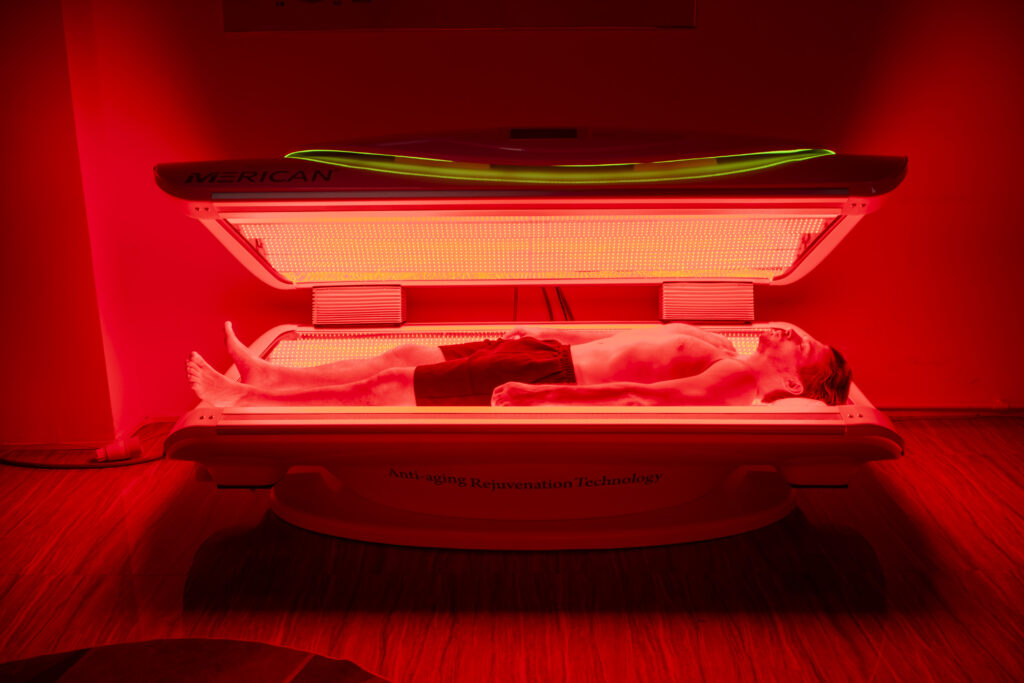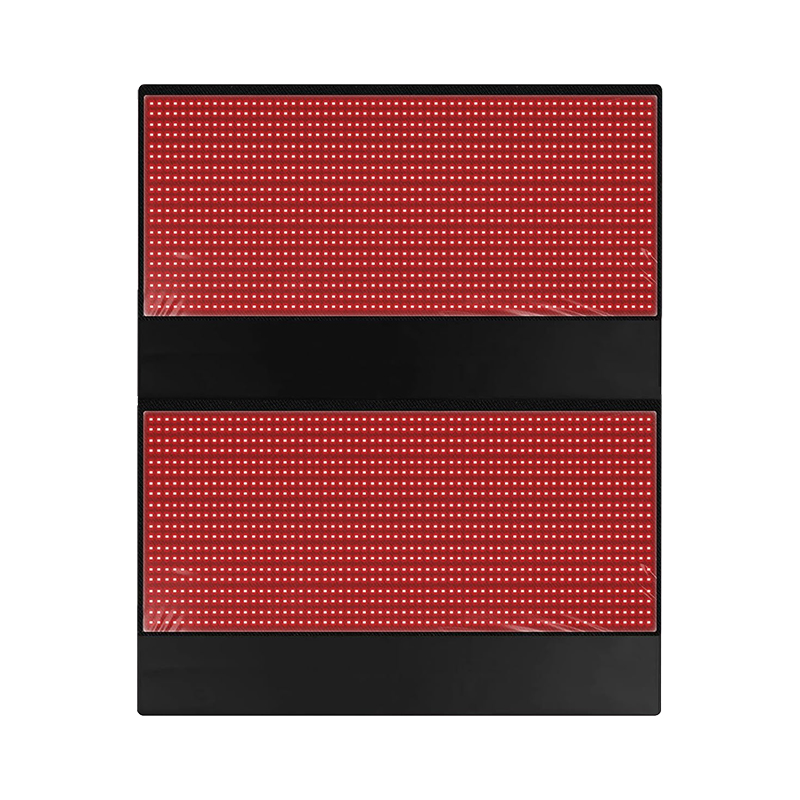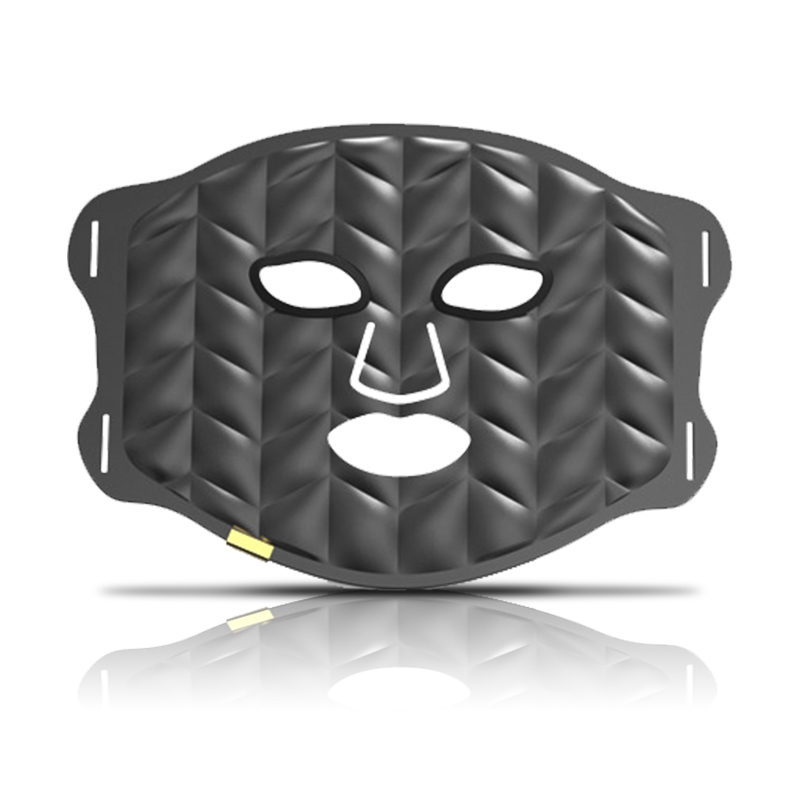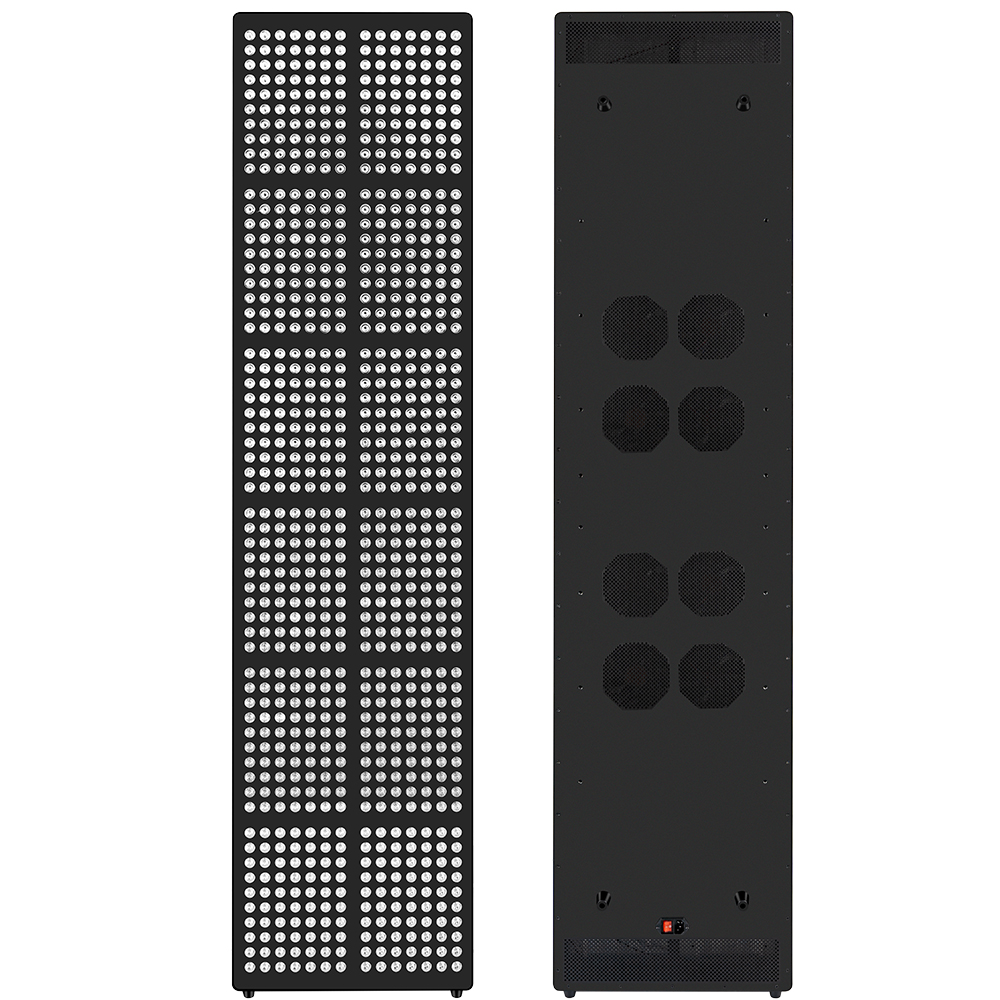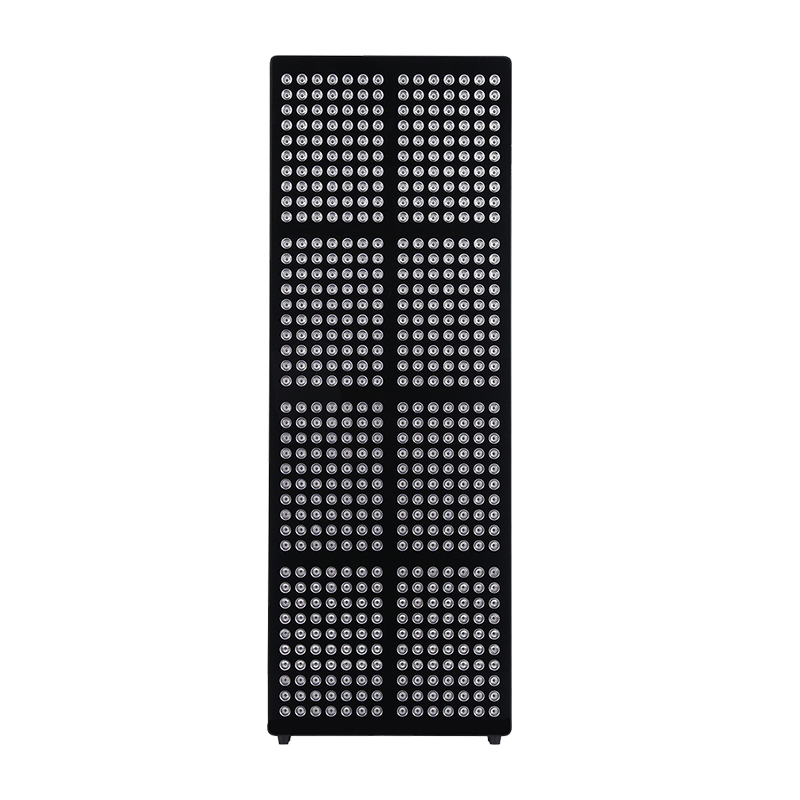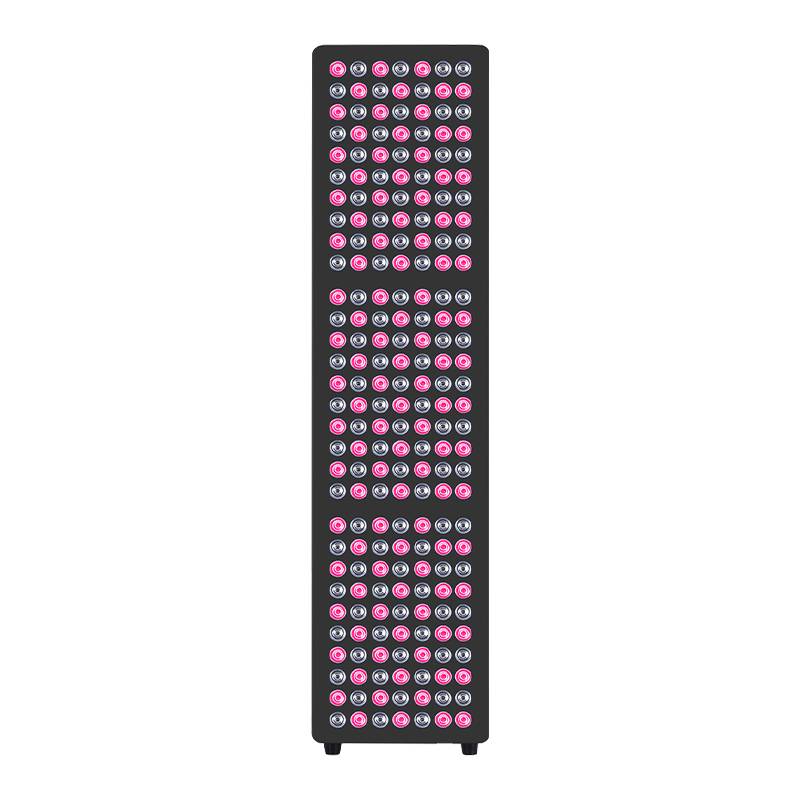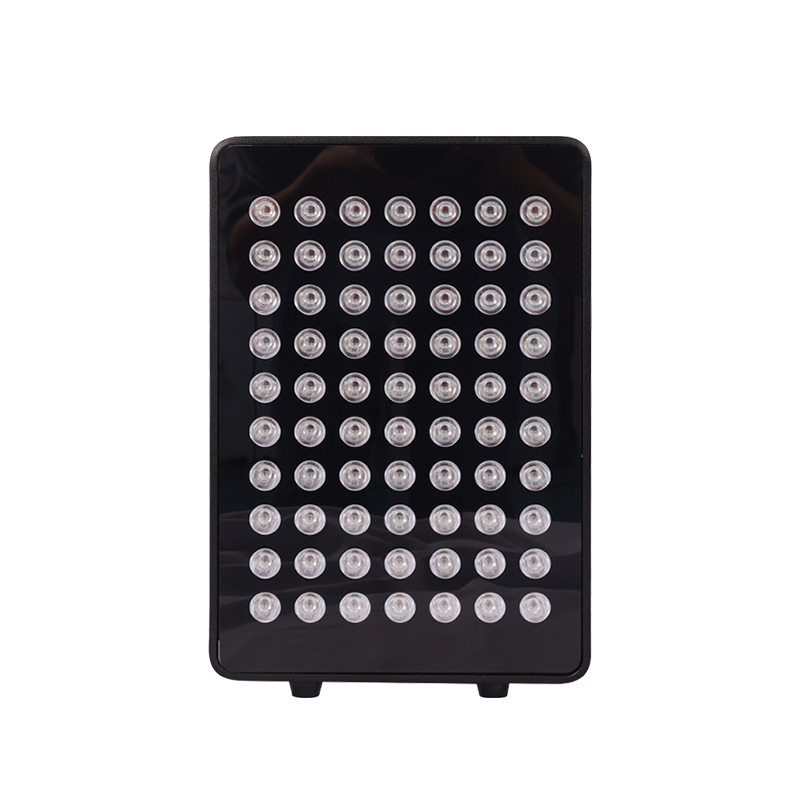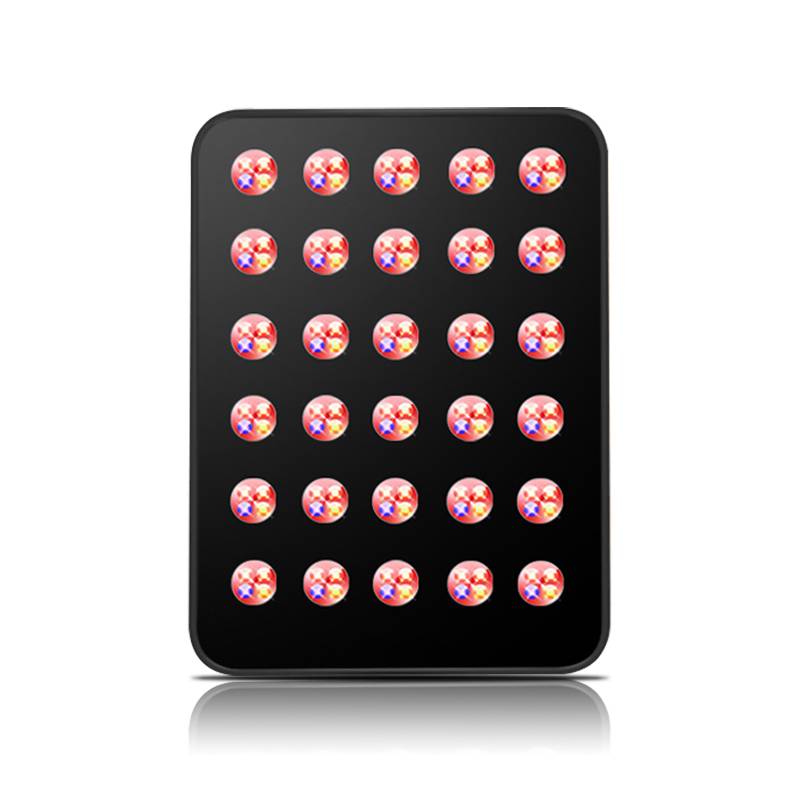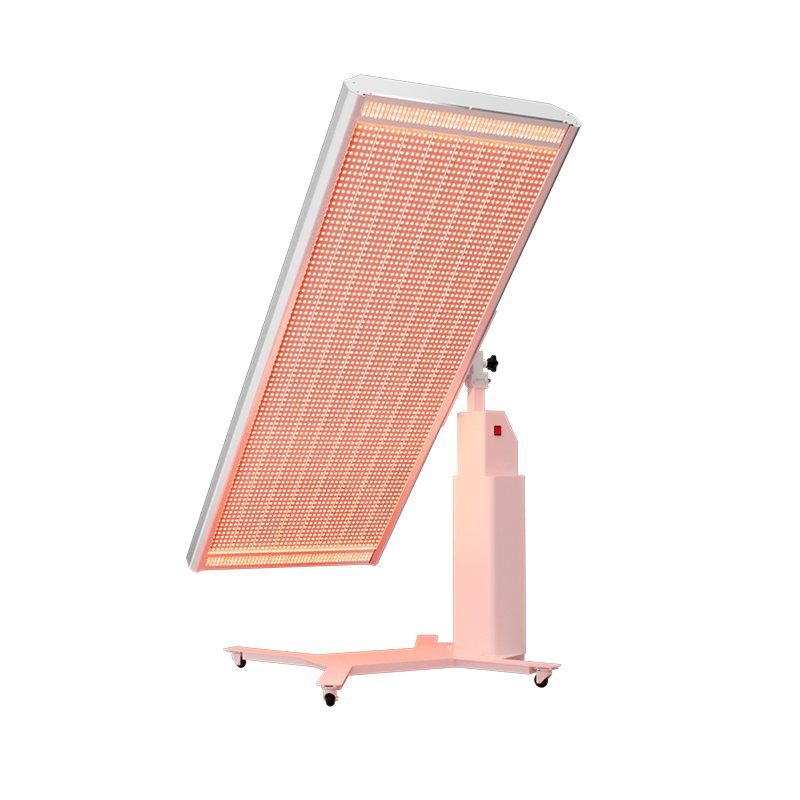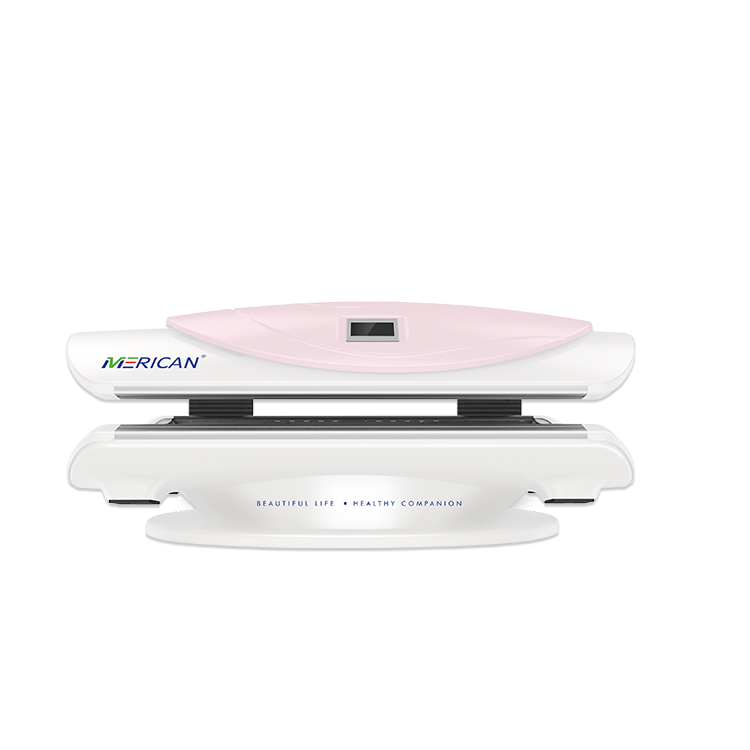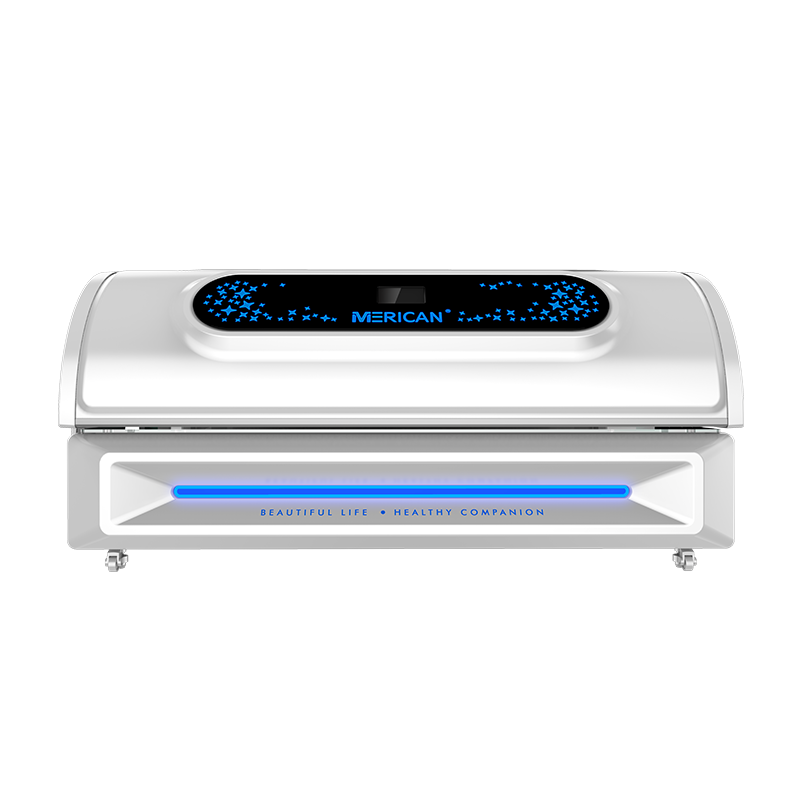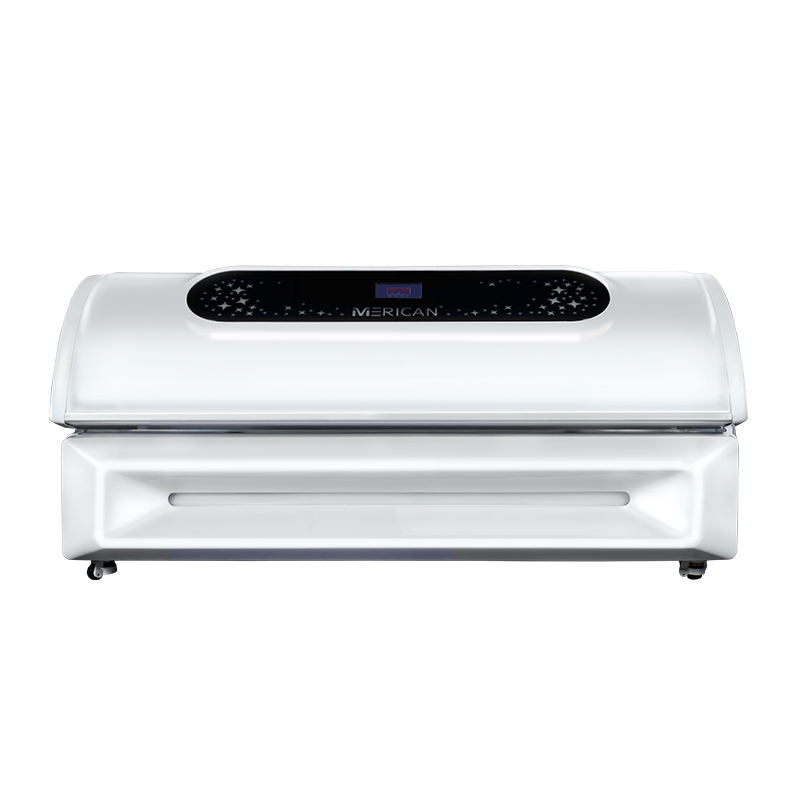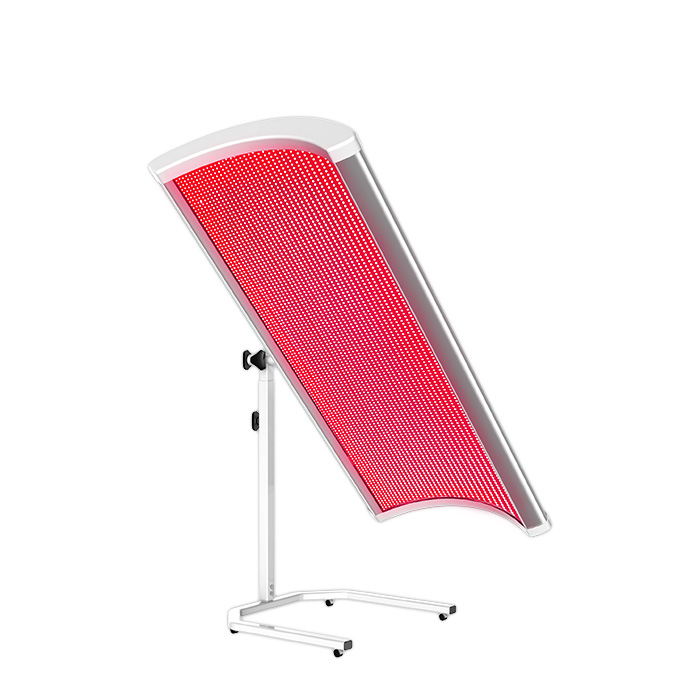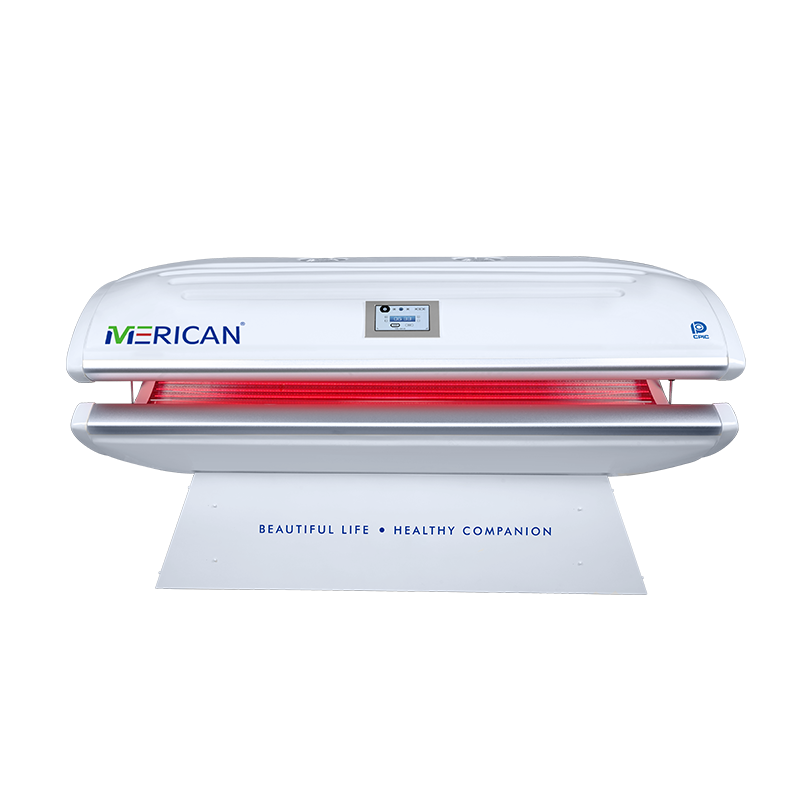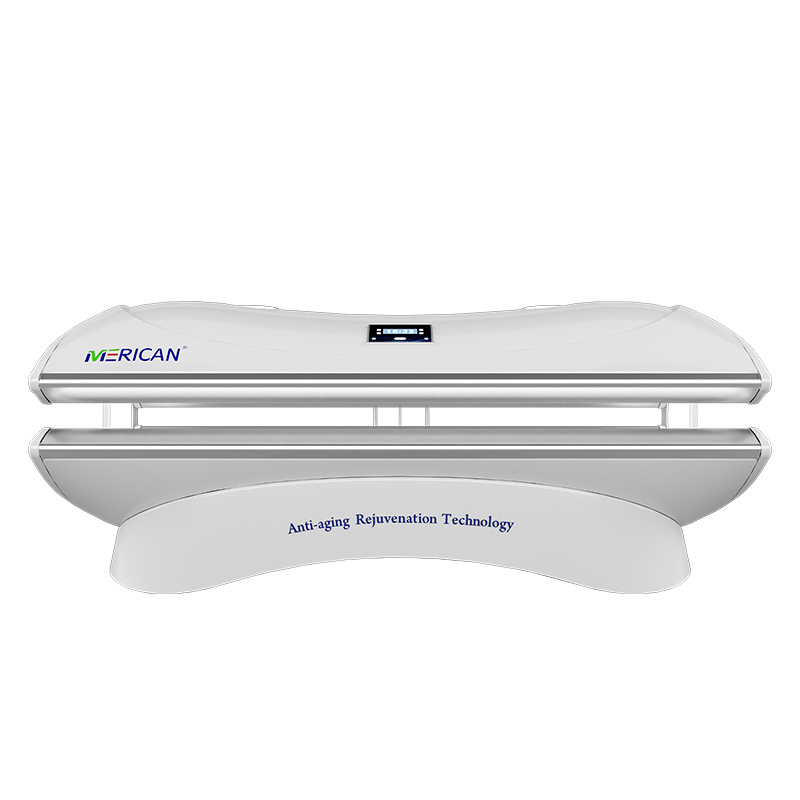Ao mergulhar no fascinante mundo da fototerapia, você pode acabar coçando a cabeça e perguntando, “Qual é a diferença entre terapia infravermelha e luz vermelha?”Ambos os tipos de fototerapia têm propriedades e benefícios únicos que os tornam populares nos círculos de bem-estar. Então, vamos esclarecer este tópico e explorar a luz vermelha versus a luz infravermelha, o que pode fazer por você!
O que é terapia com luz vermelha?
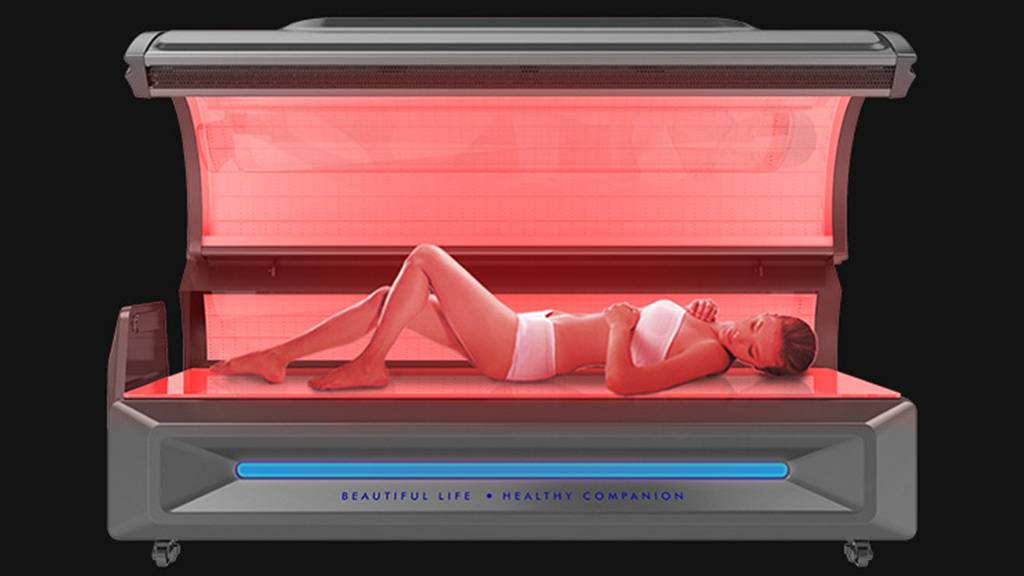
Terapia com luz vermelha vem ganhando força nos últimos anos, especialmente nas indústrias de beleza e saúde. Mas o que é exatamente? A terapia da luz vermelha utiliza luz vermelha de baixo comprimento de onda, normalmente ao redor 600 para 700 nanômetros. Imagine-o como o brilho aconchegante de uma fogueira - quente e convidativo, mas sem o calor que pode ser insuportável. Fontes como dispositivos LED e lasers emitem essa luz, tornando-o um produto básico para uma variedade de aplicações, desde cuidados com a pele até recuperação muscular.
O que é terapia com luz infravermelha?
Agora, vamos mudar de assunto e dar uma olhada mais de perto luz infravermelha. Este tipo de luz tem um comprimento de onda maior, geralmente entre 700 nanômetros e 1 milímetro. Imagine isso como o calor invisível que você sente vindo de um aquecedor – confortável e calmante, mas não algo que você possa realmente ver! A luz infravermelha é comumente utilizada em lâmpadas de aquecimento, saunas, e até alguns tipos de dispositivos terapêuticos, mas também está repleto de benefícios para a saúde.
Principais diferenças entre luz vermelha e luz infravermelha
Aqui está uma tabela de comparação para terapia de luz vermelha vs.. terapia infravermelha:
| Recurso | Luz Vermelha | Luz infravermelha |
| Comprimento de onda | 600-700 nanômetros | 700 nanômetros – 1 milímetro |
| Visibilidade | Visível ao olho humano | Invisível para o olho humano |
| Profundidade de penetração | Raso, afeta principalmente a superfície da pele | Deeper, penetra nos músculos e tecidos |
| Efeitos térmicos | Calor mínimo | Gera calor para um relaxamento mais profundo |
| Aplicativos comuns | Rejuvenescimento da pele, antienvelhecimento, acne | Recuperação muscular, alívio da dor, desintoxicação |
| Melhoria de humor | Estimula a produção de serotonina | Pode melhorar o relaxamento geral e o bem-estar |
| Segurança | Geralmente seguro com riscos mínimos | Geralmente seguro; siga as diretrizes |
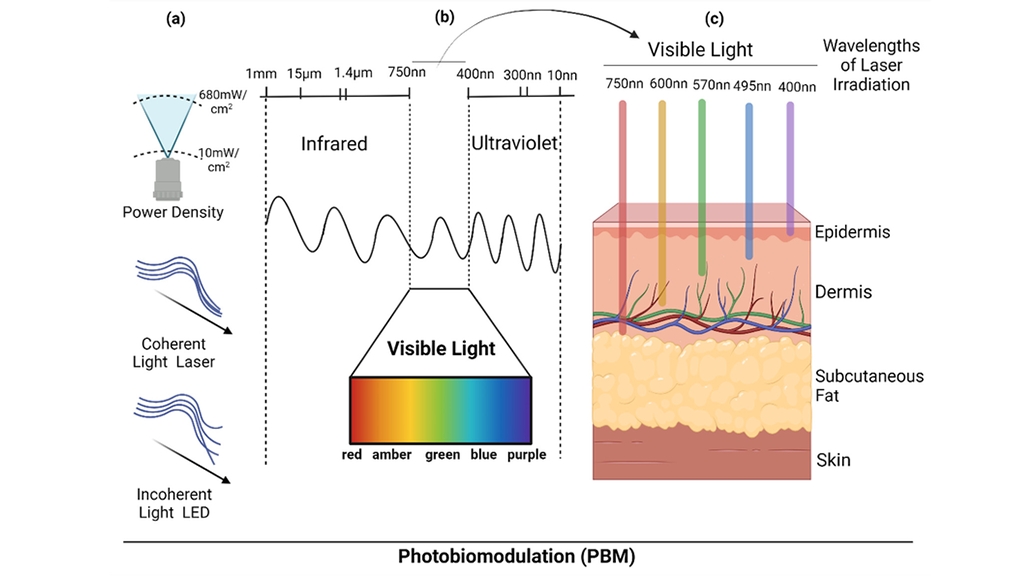
1. Comparação de comprimento de onda
É aqui que as coisas ficam um pouco técnicas, mas aguente firme! A principal diferença no debate entre luz vermelha e luz vermelha. a luz infravermelha está em seus comprimentos de onda. A luz vermelha é visível ao olho humano, enquanto a luz infravermelha não é. Esta distinção desempenha um papel crucial na forma como eles interagem com o seu corpo..
Luz vermelha, com seu comprimento de onda mais curto, afeta principalmente a superfície da pele. É como sentir uma brisa suave que toca seu rosto, mas não penetra muito profundamente. Por outro lado, a luz infravermelha pode penetrar mais profundamente nos tecidos, tornando-o mais eficaz no tratamento de problemas subjacentes. Pense nisso como uma massagem suave versus uma massagem profunda – ambas têm seus méritos, mas cada um serve a um propósito diferente.
2. Profundidade de penetração
Uma das características de destaque da luz infravermelha é a sua capacidade de penetrar mais profundamente na pele em comparação com a luz vermelha.. Embora a luz vermelha funcione principalmente na superfície, luz infravermelha mergulha profundamente, atingindo músculos e articulações. Esta característica torna a terapia infravermelha particularmente benéfica para quem lida com dores crônicas ou tensão muscular.. Se a luz vermelha for o tratamento de superfície suave, infravermelho é a cura restauradora profunda.
3. Efeitos térmicos
Você também notará que a luz infravermelha gera mais calor do que a luz vermelha. Este efeito de aquecimento é excelente para relaxamento muscular, ajudando a aliviar a tensão e o desconforto. Em contraste, a terapia da luz vermelha é mais focada no rejuvenescimento e cura da pele. É como relaxar sob um raio de sol que é agradável e quente, em vez de aconchegar-se com um cobertor aconchegante que envolve você em calor.
4. Visibilidade para o olho humano
Já tentou ver luz infravermelha? Alerta de spoiler: você não pode! É completamente invisível a olho nu. Luz vermelha, no entanto, é facilmente visível e frequentemente usado em vários ambientes por seu ambiente calmo. Pense na luz vermelha como um pôr do sol vibrante, enquanto a luz infravermelha é como o brilho quente que perdura muito depois do pôr do sol - ambos lindos por si só, mas experimentado de maneiras diferentes.
Benefícios da terapia da luz vermelha
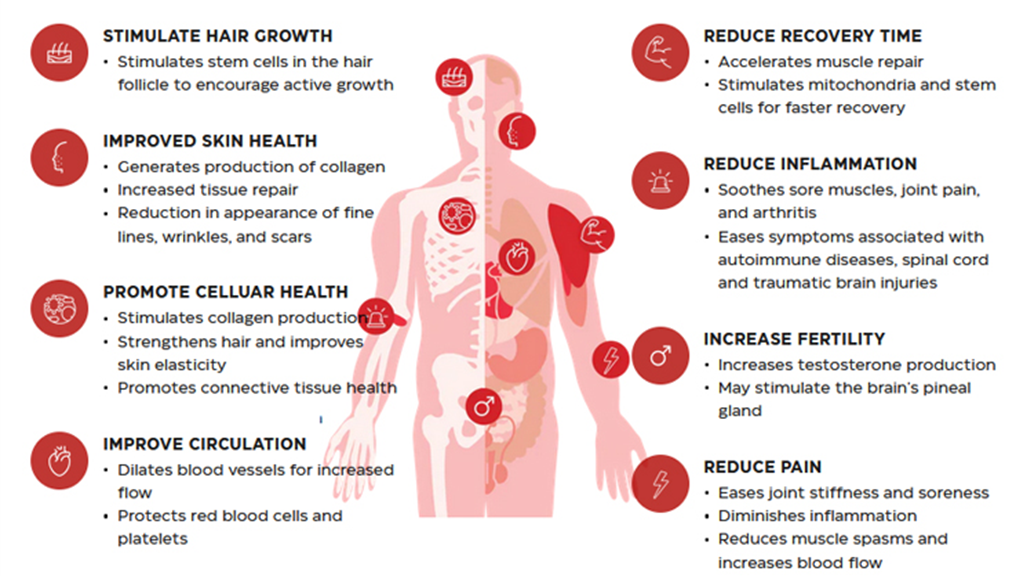
1. Saúde da pele e antienvelhecimento
Então, quais são os benefícios da terapia com luz infravermelha, especialmente em relação à luz vermelha? Para terapia de luz vermelha, é um campeão na promoção da produção de colágeno. O colágeno é a proteína que mantém nossa pele firme e jovem. Ao estimular sua produção, terapia de luz vermelha ajuda a diminuir linhas finas, melhorar a textura da pele, e combater a acne incômoda. É como apertar o botão de atualização na sua pele, trazendo de volta aquele brilho juvenil!
2. Recuperação muscular e alívio da dor
Se você é um atleta ou apenas alguém que adora se manter ativo, terapia de luz vermelha pode ajudar na recuperação muscular. Reduz a dor e acelera a cicatrização, tornando-o uma excelente escolha pós-treino. Imagine chegar em casa depois de um longo dia de atividades e sentir aquelas dores desaparecendo enquanto você aproveita o brilho quente da luz vermelha..
3. Melhoria de humor
Me sentindo um pouco para baixo? A terapia da luz vermelha pode apenas levantar seu ânimo. O brilho quente pode estimular a produção de serotonina, muitas vezes referido como o “hormônio da felicidade”. Este impulso pode melhorar seu humor e sensação geral de bem-estar. É um estimulante natural, como uma xícara de chá quente em um dia frio!
Benefícios da terapia com luz infravermelha
1. Cura Profunda de Tecidos
A luz infravermelha brilha em sua capacidade de promover a cicatrização profunda dos tecidos. Aumentando o fluxo sanguíneo e o oxigênio para os tecidos, ajuda na recuperação mais rápida e no alívio da dor. Se você já fez uma massagem profunda, você sabe como isso pode ser rejuvenescedor. Agora, imagine essa experiência acontecendo através do poder da luz! É como ter um bálsamo calmante para os músculos, exatamente quando você precisar.
2. Circulação aprimorada
Outro benefício significativo da terapia com luz infravermelha é a sua capacidade de melhorar a circulação.. Melhor fluxo sanguíneo significa melhor fornecimento de nutrientes e oxigênio por todo o corpo, o que pode fazer você se sentir mais energizado e vivo. É como dar ao seu corpo um pequeno impulso, revigorando cada célula!
3. Suporte ao sistema imunológico
Com uso regular, a terapia infravermelha também pode apoiar o seu sistema imunológico. O aumento da circulação e a desintoxicação ajudam a manter o corpo funcionando de maneira ideal. Pense nisso como enviar reforços para ajudar a mantê-lo saudável e pronto para enfrentar o dia.!
Escolhendo entre luz vermelha e luz infravermelha
Então, o que é melhor: terapia de luz vermelha ou infravermelho? A resposta realmente depende de suas necessidades. Se você está se concentrando na saúde da pele e em questões superficiais, a luz vermelha é a sua escolha. No entanto, para preocupações mais profundas dos tecidos e recuperação muscular, infravermelho pode ser a melhor opção. É tudo sobre o que você pretende alcançar.

Finalidade de uso
Antes de mergulhar, pergunte a si mesmo o que você espera alcançar. Quer se trate de cuidados com a pele ou recuperação muscular, seu objetivo pode ajudar a determinar qual luz é melhor para você. Por exemplo, se você deseja reduzir rugas e melhorar a elasticidade da pele, a terapia da luz vermelha provavelmente será melhor para você. Mas se você estiver lidando com dores nas articulações ou inflamação crônica, infravermelho pode ser a resposta.
Área de Tratamento
Considere onde você aplicará a terapia. Para áreas maiores ou tecidos mais profundos, a luz infravermelha pode oferecer o melhor retorno para seu investimento. Se você estiver visando áreas específicas, como rosto ou outra pele delicada, a luz vermelha pode ser sua melhor amiga.
Considerações de segurança
Embora ambas as terapias sejam geralmente seguras, existem algumas precauções a serem lembradas. A superexposição pode causar irritação na pele, por isso é crucial seguir as orientações e consultar um profissional de saúde se não tiver certeza. Priorize sempre o seu bem-estar!
Para uso doméstico, certifique-se de escolher dispositivos de marcas confiáveis e seguir os tempos de uso recomendados. Sua pele e corpo vão agradecer!
Conclusão
No debate da luz vermelha vs.. luz infravermelha, ambos têm seus benefícios e aplicações exclusivos. Compreender suas diferenças permite que você escolha a terapia certa para suas necessidades. Se você deseja rejuvenescer sua pele ou curar tecidos profundos, A fototerapia oferece um potencial incrível para melhorar sua jornada de bem-estar. Então, por que não explorar essas opções brilhantes e descobrir o que funciona melhor para você??
Perguntas frequentes
1. Posso usar luz vermelha e luz infravermelha juntas?
Absolutamente! Muitas pessoas acham que a combinação de ambas as terapias pode aumentar os seus benefícios e proporcionar um tratamento mais abrangente..
2. Com que frequência devo usar terapia de luz vermelha ou infravermelha?
Varia de acordo com o indivíduo, mas geralmente, 3-5 vezes por semana é um bom começo para a maioria das pessoas. Ouça seu corpo e ajuste conforme necessário!
3. Existem efeitos colaterais?
Embora raro, alguns indivíduos podem sentir irritação ou sensibilidade leve na pele. É melhor começar devagar e observar como seu corpo reage.
4. Quais dispositivos são recomendados para uso doméstico?
Procure marcas conceituadas com boas críticas. Painéis de LED, dispositivos portáteis, e saunas infravermelhas são escolhas populares, cada um oferecendo benefícios diferentes.
5. As crianças podem usar essas terapias?
Sempre consulte um pediatra antes de iniciar qualquer terapia para crianças. A segurança vem em primeiro lugar, especialmente quando se trata de jovens!

